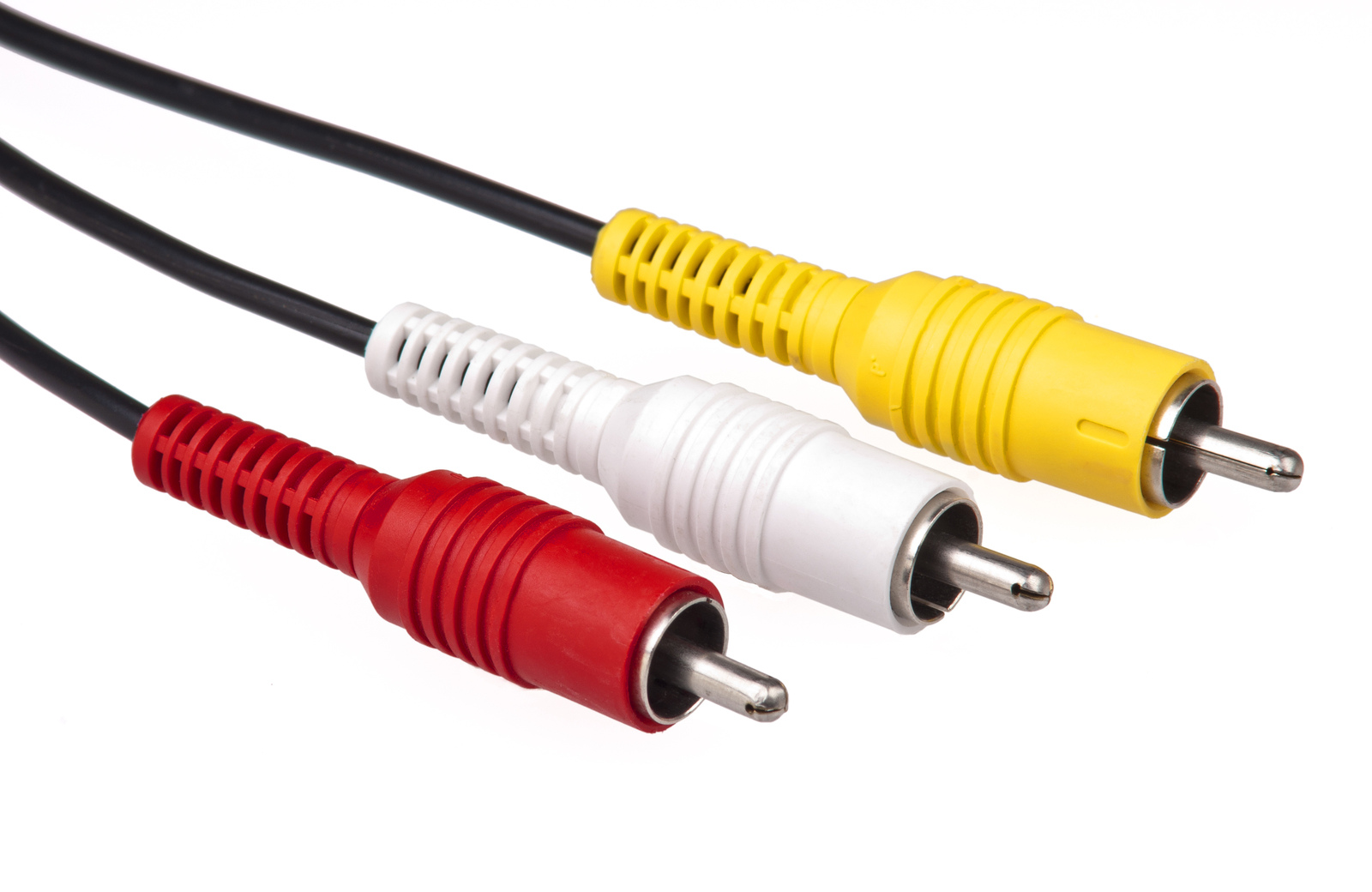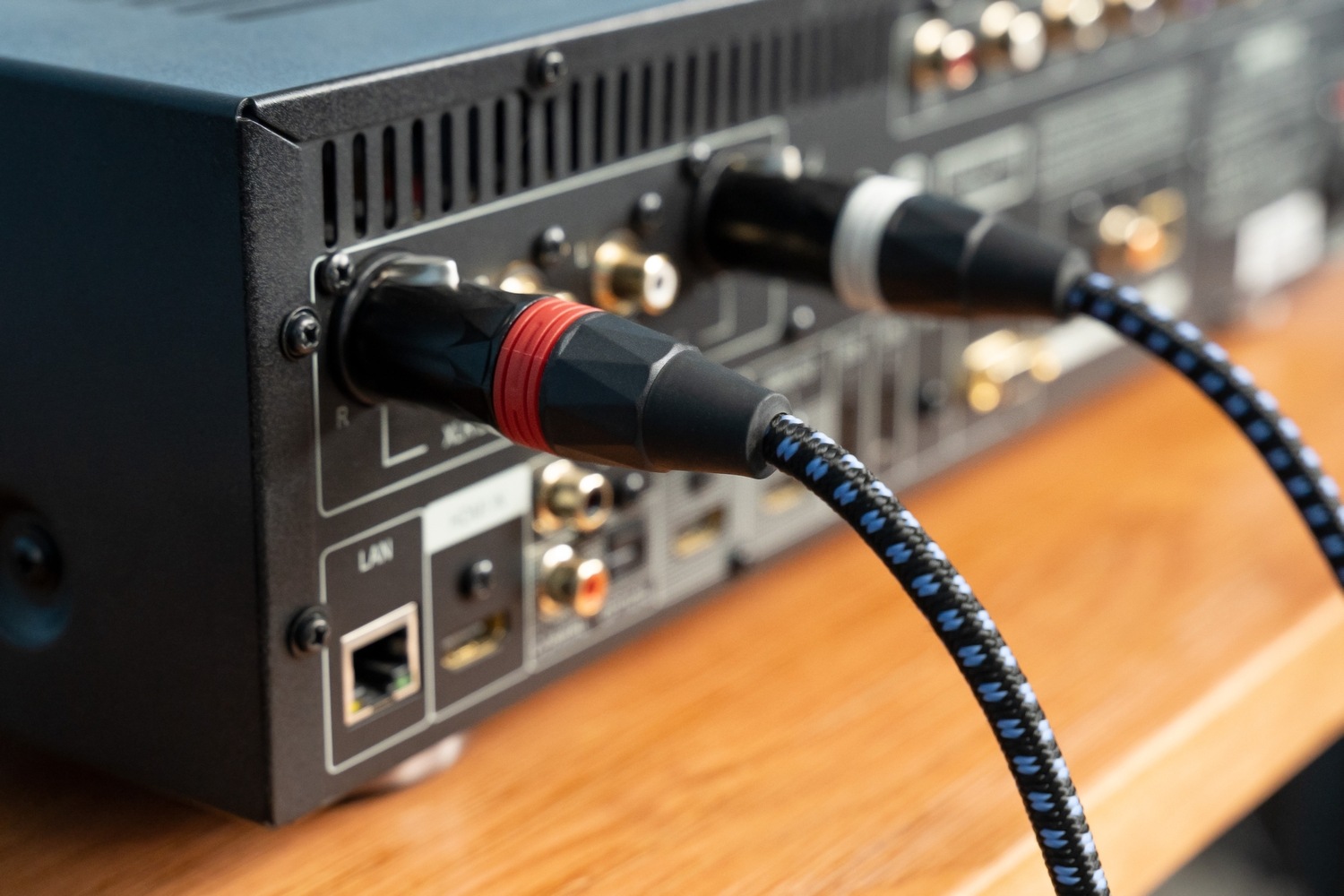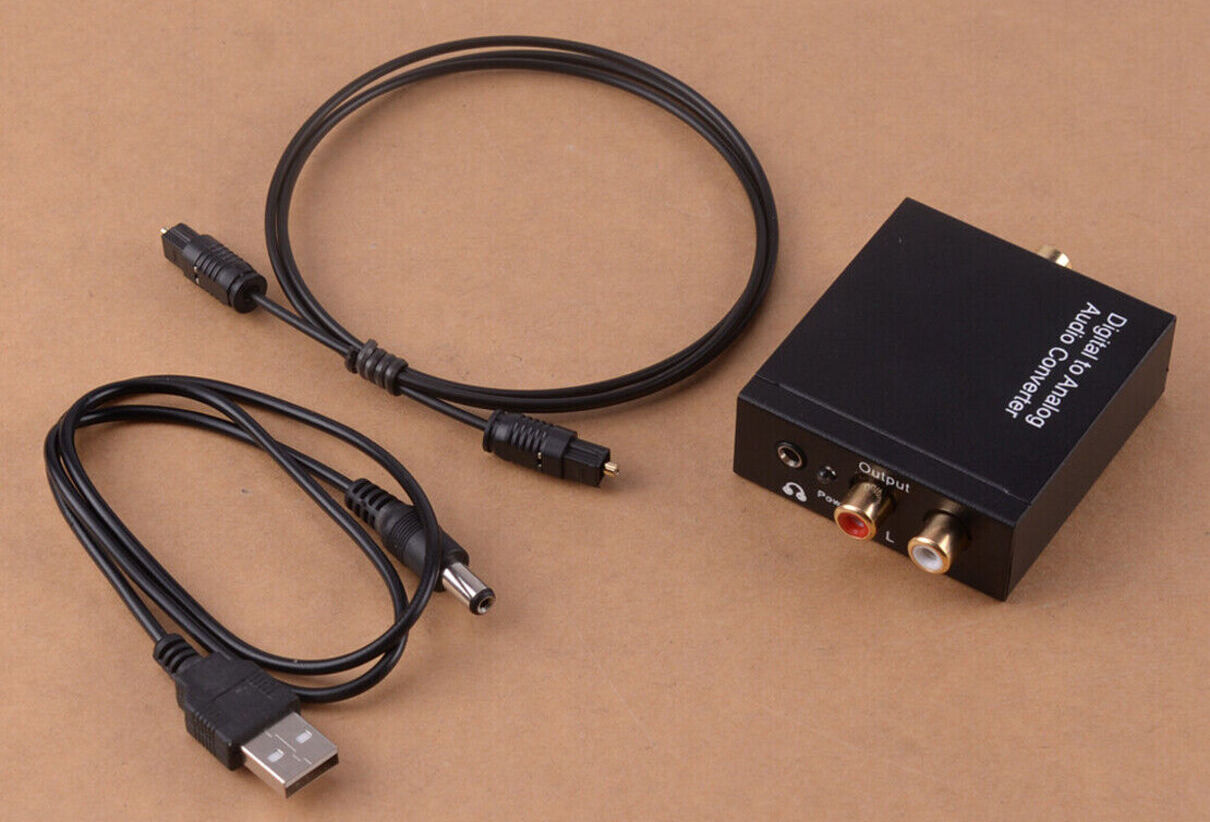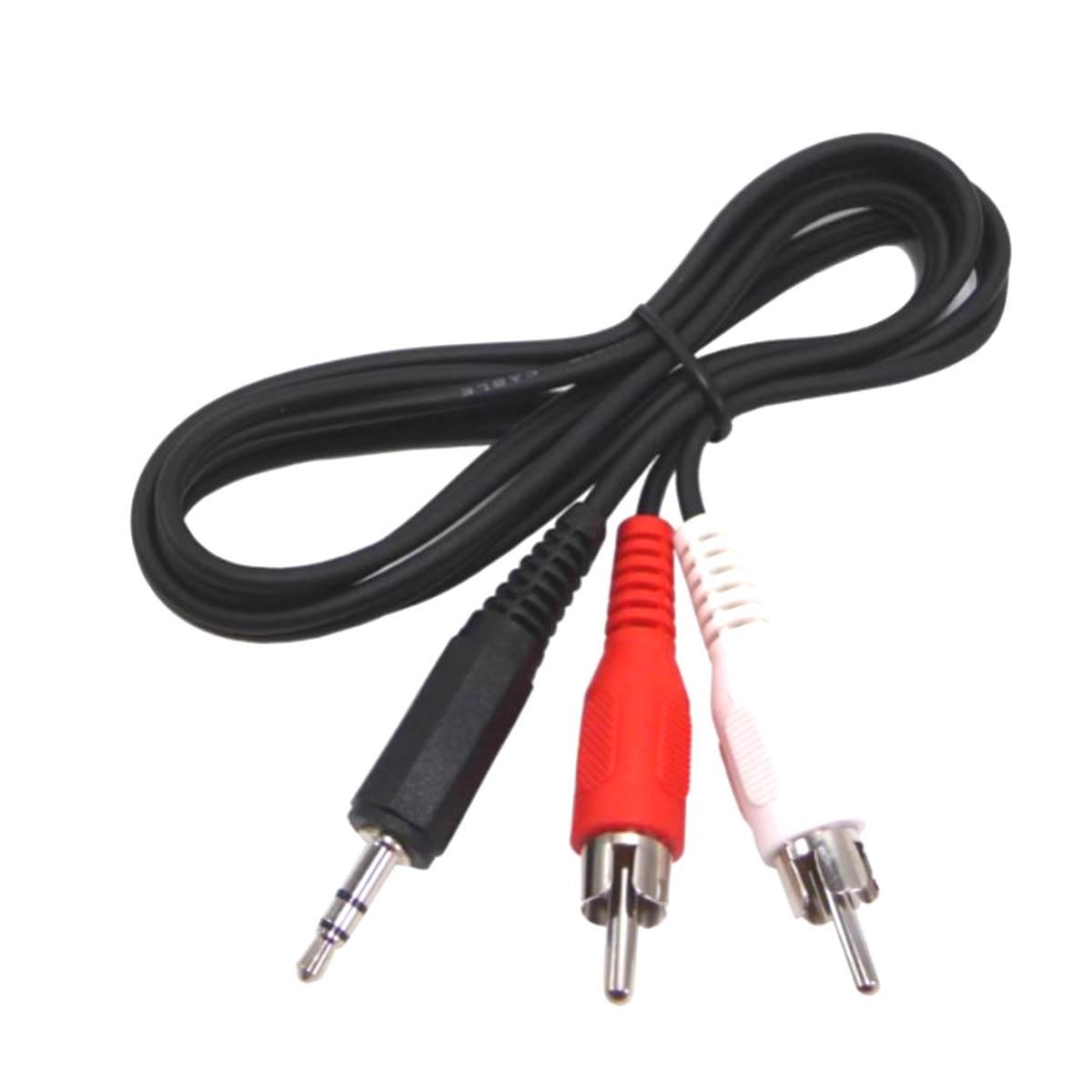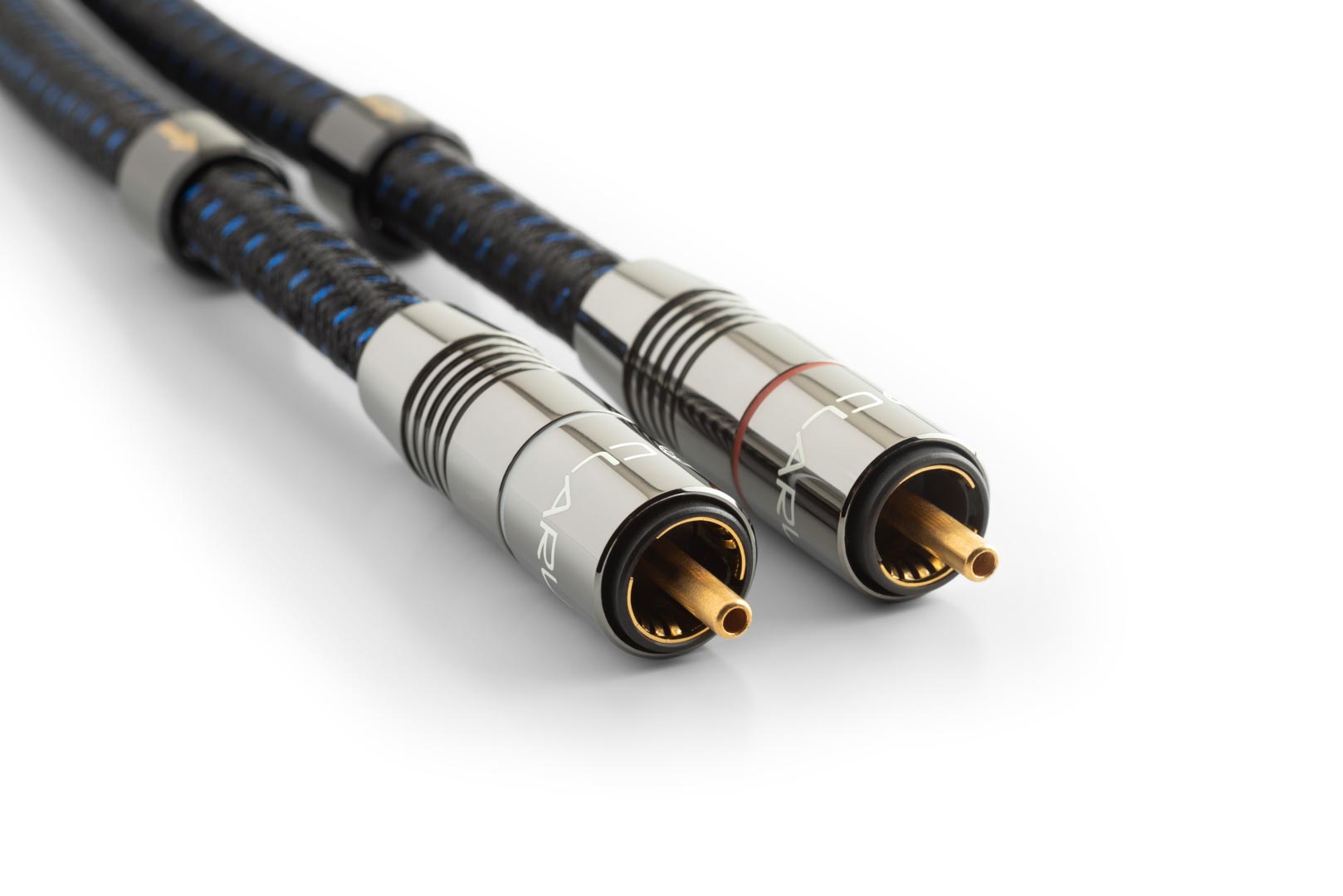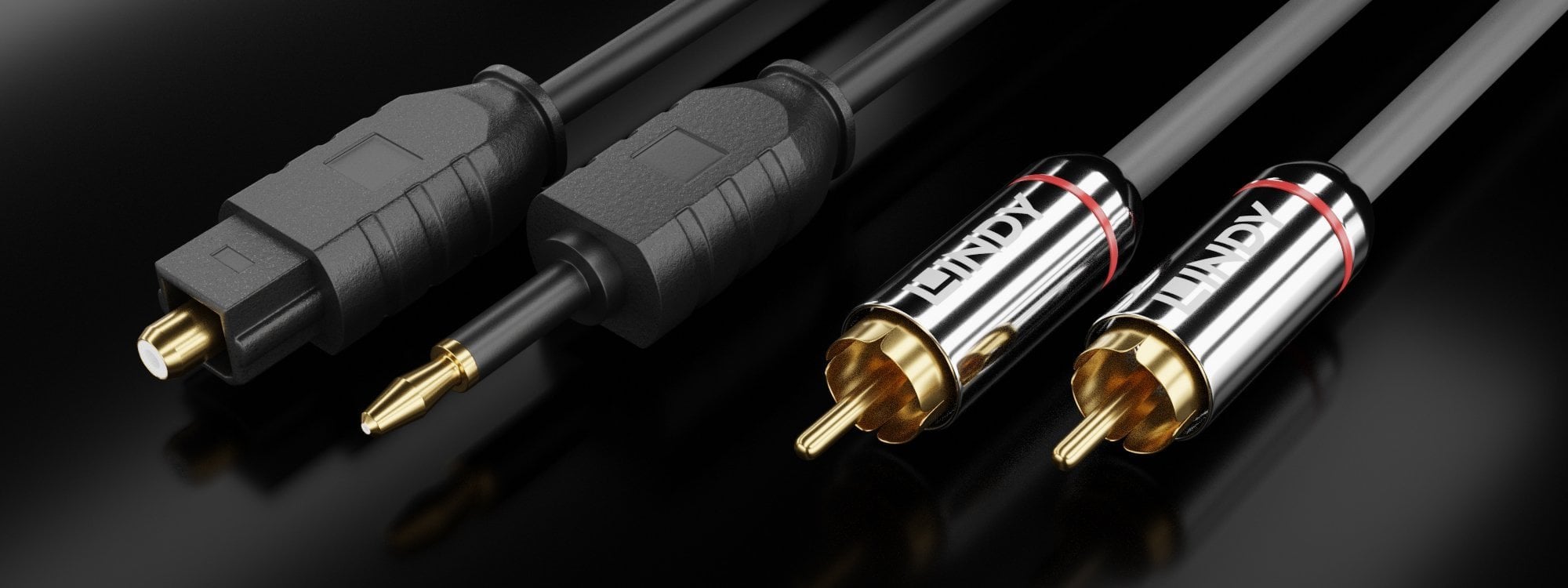Home>Production & Technology>Audio Cable>What Is Left And Right Audio Cable
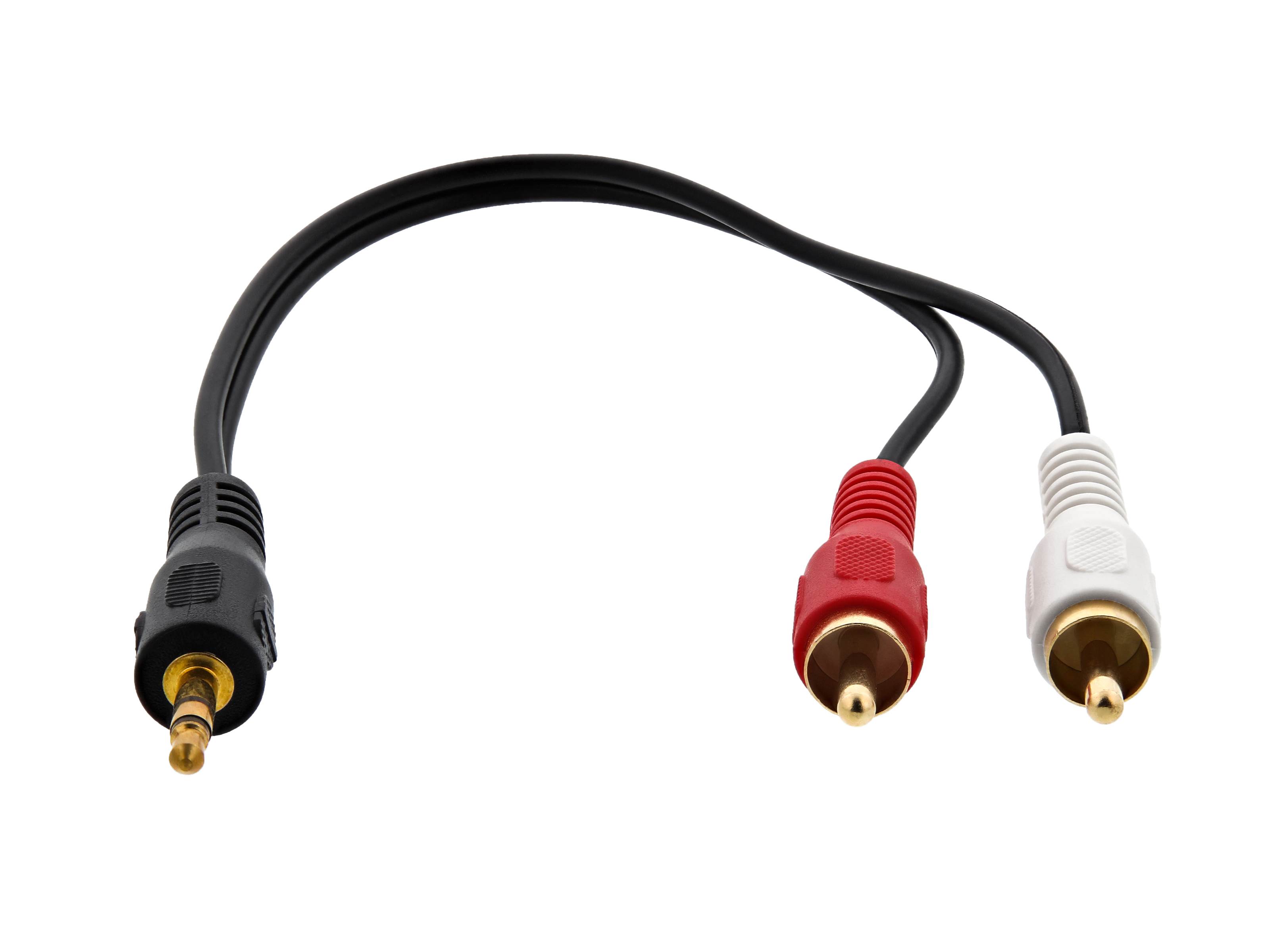

Audio Cable
What Is Left And Right Audio Cable
Published: December 21, 2023
Find out the purpose and functionality of left and right audio cables. Discover how these essential audio cables enhance your audio experience.
(Many of the links in this article redirect to a specific reviewed product. Your purchase of these products through affiliate links helps to generate commission for AudioLover.com, at no extra cost. Learn more)
Table of Contents
Introduction
Welcome to the world of audio cables! Whether you’re a music lover, a professional musician, or a sound engineer, understanding the basics of audio cables is essential. Audio cables play a crucial role in delivering high-quality sound from your audio source to your speakers or headphones. They come in various types, lengths, and configurations, but one common distinction is between left and right audio channels.
In this article, we will explore the fundamentals of left and right audio cables. We’ll discuss their purpose, types, configuration, and common uses. We’ll also delve into stereo and mono audio signals and provide some troubleshooting and maintenance tips. By the end of this article, you’ll have a solid understanding of left and right audio cables and be equipped with the knowledge to make informed decisions when choosing and using them.
So, whether you’re setting up a home audio system, connecting instruments in a recording studio, or simply trying to optimize your listening experience, let’s dive into the world of left and right audio cables and discover their significance in delivering an immersive sound experience.
Understanding Audio Cables
Before delving into left and right audio cables, let’s start by understanding the basics of audio cables. Audio cables are essentially conductive wires that transfer audio signals from one device to another. They are designed to maintain signal integrity and minimize interference to ensure high-quality audio transmission.
Audio cables consist of several components, including conductive wires, shielding, and connectors. The conductive wires carry the audio signals, while the shielding protects against electromagnetic interference (EMI) and radio frequency interference (RFI) that can degrade the audio quality. The connectors, such as RCA, XLR, or TRS, provide a secure connection between devices.
When choosing audio cables, it’s important to consider factors such as cable length, gauge, and material. Longer cable lengths can be susceptible to signal degradation, so it’s crucial to choose the appropriate length for your needs. The gauge refers to the thickness of the wire, with lower gauge numbers indicating thicker wires that can handle higher power and reduce signal loss. The material used in the cables, such as copper or silver, can also impact the audio quality.
By understanding the key components and factors of audio cables, you’ll be better equipped to select the right cables for your audio setup and ensure optimal sound reproduction.
Left and Right Audio Channels
When it comes to audio cables, the terms “left” and “right” refer to the stereo audio channels. In stereo sound systems, audio signals are divided into two channels: the left channel and the right channel. Each channel carries a separate audio signal that is mixed together to create a spatial and immersive listening experience.
The left audio channel is responsible for delivering sound to the left side of the listener, while the right audio channel delivers sound to the right side. This separation allows for a more realistic and balanced audio representation, as different elements of the sound can be directed to specific channels.
Left and right audio channels are commonly indicated by color-coded connectors or markings on audio cables. The most commonly used convention is to have the left channel represented by a white connector or marking, and the right channel represented by a red connector or marking. This makes it easy to identify and connect the appropriate cables to the respective devices.
It’s important to note that the left and right audio channels are typically used in stereo audio setups. However, in mono audio setups where the audio is consolidated into a single channel, both the left and right audio cables are combined into a single mono cable.
Understanding the concept of left and right audio channels is crucial for achieving accurate sound reproduction and creating a realistic audio experience. Whether you’re setting up speakers for a home theater system or connecting headphones to a music player, ensuring the correct connection of the left and right audio cables is essential for an immersive listening experience.
Types of Audio Cables
There are various types of audio cables available in the market, each designed for specific applications and audio devices. Let’s explore some of the most common types:
- 3.5mm Stereo Cable (TRS): Also known as a TRS (Tip-Ring-Sleeve) cable or an auxiliary cable, the 3.5mm stereo cable is widely used for connecting audio devices such as smartphones, tablets, and laptops to speakers, headphones, or car stereos.
- RCA Cable: RCA (Radio Corporation of America) cables use color-coded connectors to transmit audio signals. They are commonly used in audio and video systems, connecting devices such as DVD players, game consoles, and amplifiers to speakers and TVs.
- XLR Cable: XLR cables are commonly used in professional audio setups, such as live sound systems, studio recording, and microphones. They are known for their balanced connections, which help eliminate noise and interference.
- Optical Cable (Toslink): Optical cables, also known as Toslink cables, transmit audio signals using light rather than electrical current. They are commonly used for connecting audio devices to home theater systems, soundbars, and receivers.
- HDMI Cable: While primarily used for transmitting video signals, HDMI (High-Definition Multimedia Interface) cables can also carry audio signals. They are used to connect audio and video devices, such as TVs, home theater systems, and gaming consoles.
These are just a few examples of the most common types of audio cables. It’s important to select the appropriate cable based on your audio setup and device compatibility. Consider the type of audio signal, the connectors available on your devices, and the quality of the cable to ensure optimal audio transmission and performance.
Stereo vs Mono Audio Signals
Audio signals can be categorized into two main types: stereo and mono. Understanding the difference between stereo and mono signals is crucial when dealing with audio cables and sound systems.
Stereo Audio Signal: Stereo audio signals consist of two separate channels: the left channel and the right channel. Each channel carries a different portion of the audio, allowing for a more immersive and spacious sound experience. Stereo audio is commonly used in music production, home theater systems, and headphones, where the goal is to create a realistic audio representation with distinct sounds coming from different directions.
Mono Audio Signal: Mono audio signals, on the other hand, consolidate both the left and right channels into a single channel. The audio is mixed and combined into a mono signal, eliminating any spatial separation. Mono audio is often used in public address systems, conference calls, and older audio devices that do not support stereo signals.
When it comes to audio cables, stereo and mono signals determine the number of cables needed for connection. In stereo setups, separate left and right audio cables are required to maintain the spatial separation of the audio channels. For mono setups, a single cable is sufficient to transmit the combined audio signal.
It’s important to note that some audio devices, such as smartphones and laptops, automatically convert stereo audio to mono when using a single earphone or speaker. This ensures that both audio channels are combined for a balanced listening experience, even when only one side is being used.
Whether you’re setting up a stereo or mono audio system, understanding the difference between these two signal types will help you choose the appropriate cables and ensure proper audio reproduction.
Cable Configuration
When it comes to audio cables, the configuration plays an important role in determining the type of connection and the devices you can connect. Let’s explore some common cable configurations:
TRS (Tip-Ring-Sleeve): TRS cables, also known as balanced cables, consist of three conductors: tip, ring, and sleeve. These cables are commonly used in audio applications such as headphones, musical instruments, and professional audio equipment. The tip carries the left audio channel, the ring carries the right audio channel, and the sleeve is the ground connection.
TS (Tip-Sleeve): TS cables, also known as unbalanced cables, consist of two conductors: tip and sleeve. These cables are widely used in consumer audio devices, such as guitars, keyboards, and amplifiers. TS cables are mono and carry a single audio signal.
XLR (Cannon): XLR cables are commonly used in professional audio applications, such as microphones, mixers, and speakers. They feature three-pin connections (male and female) and are known for their balanced configuration, which helps reduce noise and interference.
RCA: RCA cables are widely used in home audio and video systems. They feature color-coded connectors (usually red and white) for the left and right audio channels. RCA cables are unbalanced and commonly used for stereo audio connections.
Optical (Toslink): Optical cables, also known as Toslink cables, use light to transmit digital audio signals. They are commonly used in home theater systems and audio devices with optical inputs and outputs. Optical cables transmit audio data in a non-electrical format, making them immune to interference.
HDMI: HDMI cables are a popular choice for connecting audio and video devices. They support high-definition audio and video transmission and can carry both stereo and multichannel audio formats. HDMI cables are commonly used in home theaters, gaming consoles, and TVs.
When selecting audio cables, consider the specific configuration required by your devices and the type of audio signal you want to transmit. Understanding the cable configuration will help ensure compatibility and optimal performance in your audio setup.
Common Uses of Left and Right Audio Cables
Left and right audio cables have a wide range of applications in various audio setups and devices. Let’s explore some common uses where left and right audio cables are essential:
- Home Audio Systems: Left and right audio cables are crucial for connecting audio sources such as TVs, DVD players, and gaming consoles to speakers or home theater systems. They provide a stereo output, ensuring a rich and immersive audio experience.
- Headphones: Many headphones have detachable cables with left and right audio connectors. These connectors allow for accurate sound reproduction by channeling the audio source into the respective earcups, creating a realistic and balanced stereo output.
- Studio and Live Sound: In professional audio setups, left and right audio cables are used extensively. They are essential for connecting audio devices such as mixers, audio interfaces, amplifiers, and speakers, allowing for precise distribution of sound in recording studios, live performances, and DJ setups.
- Instrument and Audio Equipment Connections: Musicians and audio technicians rely on left and right audio cables for connecting instruments, such as guitars, keyboards, and synthesizers, to audio processors, mixers, and amplifiers. These connections facilitate proper stereo audio output and signal routing.
- Mobile Devices: Left and right audio cables are used to connect mobile devices, such as smartphones and tablets, to various audio peripherals. They enable users to listen to stereo music, watch videos, and enjoy immersive gaming experiences by ensuring the correct audio channel separation.
These are just a few examples of the common uses of left and right audio cables. Whether you’re setting up a home audio system, recording in a studio, performing on stage, or simply enjoying music on your headphones, understanding the importance and correct use of left and right audio cables is essential for an optimal audio experience.
Troubleshooting and Maintenance
Like any other electronic equipment, audio cables may encounter issues that affect the sound quality or connection. Here are some troubleshooting tips to help you address common problems and maintain the performance of your audio cables:
- Check the connections: Ensure that the connectors are securely inserted into the respective devices. Loose connections can cause audio dropouts or intermittent sound issues.
- Inspect for physical damage: Regularly check the cables for any signs of damage, such as frayed wires or bent connectors. Damaged cables can result in poor audio quality or a loss of signal. If you notice any damage, consider replacing the cable.
- Try a different cable: If you experience audio issues, try using a different audio cable to determine if the problem lies in the cable itself. Sometimes a faulty cable can be the cause of distorted or low-quality sound.
- Minimize cable interference: Keep audio cables away from sources of interference, such as power cables or electronic devices. These can introduce unwanted noise or hum into the audio signal. If interference is a persistent issue, consider using shielded cables or separating audio and power cables.
- Clean the connectors: Over time, dirt, dust, or oxidation can accumulate on the connectors, affecting the connection quality. Use a small brush or compressed air to clean the connectors gently. Ensure the connectors are dry before reconnecting.
- Avoid excessive cable coiling: Excessive coiling or tightly winding audio cables can cause signal degradation or even damage the internal wires. Whenever possible, loosely coil or straighten the cables to prevent signal issues.
- Store cables properly: When not in use, properly store your audio cables to prevent tangling and physical damage. Consider using cable ties or a cable organizer to keep them organized and protected.
Regular maintenance and proper handling of your audio cables will help prolong their lifespan and ensure optimal audio performance. By following these troubleshooting tips and practicing good maintenance habits, you can enjoy high-quality sound and avoid unnecessary audio disruptions.
Conclusion
Understanding the significance of left and right audio cables is essential for anyone who appreciates high-quality audio. These cables play a crucial role in delivering immersive sound experiences, whether you’re listening to music, watching movies, or performing in a professional audio setting.
We explored the basics of audio cables, from their construction and components to the different types and configurations available. We also discussed the distinction between stereo and mono audio signals and how left and right channels contribute to a realistic sound reproduction.
By understanding the various types of audio cables and their common uses, you can confidently select the right cables for your specific audio setup, ensuring optimal sound quality and performance. We also provided troubleshooting and maintenance tips to help address common issues and maintain the longevity of your audio cables.
Whether you’re setting up a home audio system, performing on stage, or simply enjoying your favorite music through headphones, the knowledge gained from this article will enable you to make informed decisions about your audio cable needs. By connecting your devices correctly and properly maintaining your cables, you can enhance your audio experience and enjoy the full richness and depth of sound.
So, next time you set up your audio system or connect your headphones, remember the importance of left and right audio cables and their role in delivering exceptional sound quality.


